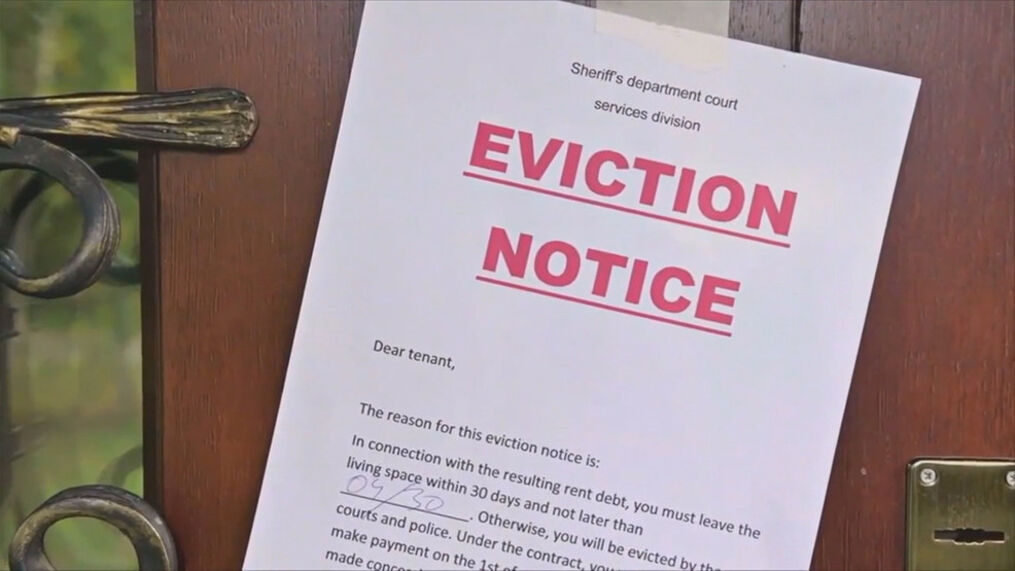Being a landlord comes with risks, as conflicts may unfortunately arise with tenants from time to time. When safety is threatened, one option a landlord has is pursuing a restraining order against the tenant.
In this article, we will explore the circumstances under which a landlord can obtain a restraining order, as well as the legal process involved.
Can a Landlord Get a Restraining Order against a Tenant?
A landlord can seek a restraining order against a tenant if the tenant poses an imminent danger or threat. This may include instances of physical harm, harassment, stalking, or other criminal behavior directed at the landlord, their family, or other tenants in the property.
The landlord will need to present clear evidence to the court, such as police reports, witness statements, or medical records, showing the tenant caused reasonable fear or distress through their unlawful actions.
What Types of Behavior Warrant a Restraining Order?
There are a few specific types of tenant behaviors that could warrant a landlord pursuing a restraining order. This includes threats or acts of violence against the landlord or others, as well as persistent lease violations like nonpayment of rent or property damage when the tenant has failed to address the issues.
Sexual harassment and stalking are also grounds for a landlord to feel unsafe and legally take action by filing a restraining order request.
Related: Can A Landlord Kick You Out For No Reason?
What Evidence is Needed?

To be successful, the landlord must have credible evidence to convince the court a restraining order is necessary. Documentation such as police reports for incidents involving the tenant, witness statements from neighbors who observed disturbing behaviors, photographs of damage to property, and medical records substantiating any injuries suffered are the types of documentation that may help prove the landlord's case. Without sufficiently strong evidence, courts are unlikely to grant the order.
What is the Legal Process?
The landlord begins the legal process by filing a petition with the court requesting a restraining order. They must then properly serve the tenant notice of the restraining order hearing. At the hearing, both parties can present evidence and the judge will determine whether to issue an immediate temporary order or a permanent one.
If approved, the order specifies restrictions on the tenant's behaviors and possible penalties for violating the order.
What Restrictions Occur If Granted?
If the judge grants the restraining order, typical restrictions placed on the tenant may include no contact with the landlord or witnesses, maintaining a distance from the rental property and tenants, and in some cases requiring the tenant vacate the premises.
Restraining orders can range from a few months to years, depending on the perceived threat level. Violating the court order is a criminal offense that can result in fines or imprisonment.
What Challenges May Arise?
Potential challenges include the tenant contesting the order, difficulty collecting strong supporting evidence, and ensuring ongoing compliance without further issues post-order. Landlords need to continue vigilantly documenting occurrences and partnering with local law enforcement if violations take place once an order is in place.
Terminating the rental agreement and evicting the tenant may also ultimately be needed. Consulting an attorney can provide expert guidance.
Conclusion
While pursuing a restraining order against a tenant is a serious legal step, it provides vital protection when landlords have legitimate safety concerns. With evidence substantiating the tenant poses an ongoing threat, requesting a restraining order through the court system is an option available to landlords.





